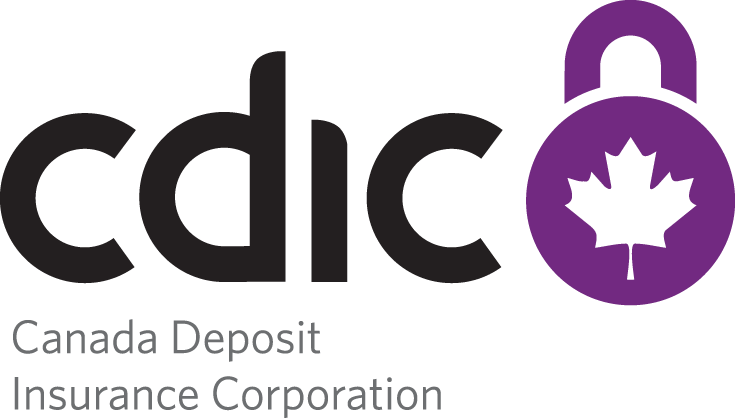Resolution of large banks

A Domestic Systemically Important Bank (D-SIB) is a bank that could harm the domestic economy should it fail. Canada currently has six D-SIBs (Bank of Montreal, Bank of Nova Scotia, Canadian Imperial Bank of Commerce, National Bank of Canada, Royal Bank of Canada and Toronto-Dominion Bank). The Royal Bank of Canada (RBC) and the Toronto-Dominion Bank (TD) have also been designated as Global Systemically Important Banks (G-SIBs).
D-SIBs are so important to the functioning of the financial system and the economy that they could not be wound up under a conventional bankruptcy and liquidation process. The failure of any one of Canada’s D-SIBs, with the potential loss of financial services, even briefly, could have a serious impact on Canada’s economy.
In the event of a D-SIB resolution, CDIC’s powers ensure that the D-SIB remains open and continues to provide regular banking services for its customers while being resolved. Financial products such as loans, mortgages, and lines of credit continue to be offered, and chequing and savings accounts are accessible and receive CDIC’s protection.
Each D-SIB must prepare a resolution plan describing what to do for it to continue to provide critical financial services while being resolved. CDIC’s role is to ensure these plans are realistic and meet resolution objectives:
- Protect eligible deposits
- Maintain the flow of critical financial services
- Protect Canada’s economy
- Minimize risk to taxpayers
CDIC must also be ready and have the means to implement these plans.
CDIC meets regularly with Canada’s D-SIBs to provide guidance (PDF, 920 KB) and ensure these plans are credible. Canadian and foreign regulators and other stakeholders also share information and perspectives on the resolution of Canada’s D-SIBs.
If a Canadian D-SIB were to fail, CDIC would take control of the bank using its Enhanced Financial Institution Restructuring Powers (E-FIRP) to stabilize and restructure its operations and to help restore it to viability while maintaining public confidence. CDIC would recapitalize the bank by converting some long term debt into equity (bail-in).
CDIC could also create a bridge bank.
D-SIB restructuring powers (E-FIRP) and bail-in
Where a D-SIB is determined to be non-viable in the opinion of the Superintendent of Financial Institutions, CDIC can take control of the bank using its Enhanced Financial Institution Restructuring Powers (E-FIRP) to keep it open and operating so it can continue to serve its customers. Under the CDIC Act, CDIC has a year—which can be extended by an additional year for up to five years—to restructure a D-SIB and return it to the private sector once it has been stabilized.
Bail-in
CDIC would convert some of the bank’s long-term debt into common shares to improve the bank’s balance sheet. This would recapitalize the bank and restore it to viability.
Customers’ chequing accounts, savings accounts, and term deposits such as GICs are not affected by the bail-in process. Losses are covered by the bank’s shareholders and holders of bail-in debt, not by taxpayers or depositors.
Bail-in powers only apply to specific types of long-term debt:
- Long-term (i.e., original term to maturity of more than 400 days) unsecured senior debt that is tradable and transferable
- Any preferred shares and subordinated debt not considered Non-Viability Contingent Capital (NVCC)
FAQ
- I am a customer of one of Canada’s big banks. What do I have to do if it fails?
- Will my deposits be used to recapitalize the bank?
- What will happen to my mortgage?
- What do I do if my mortgage is up for renewal?
- What happens to shareholders and creditors of the bank?
